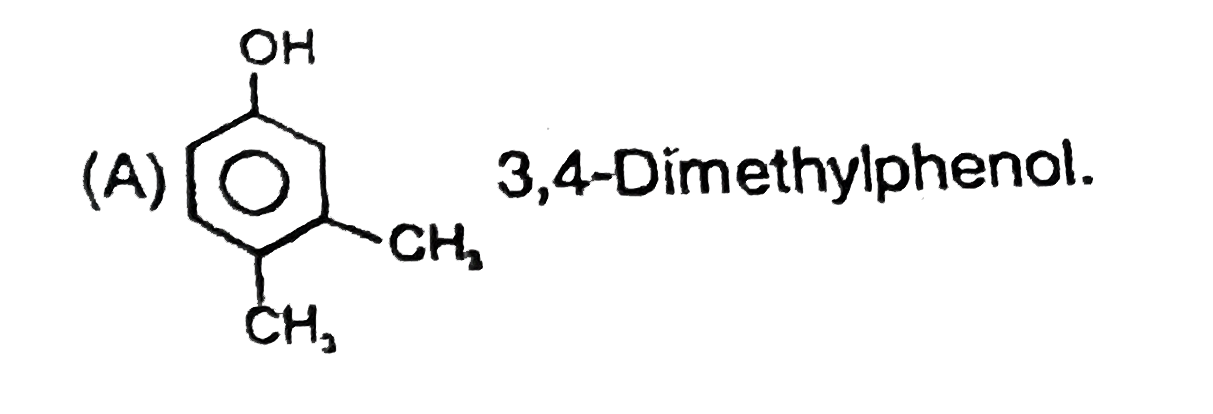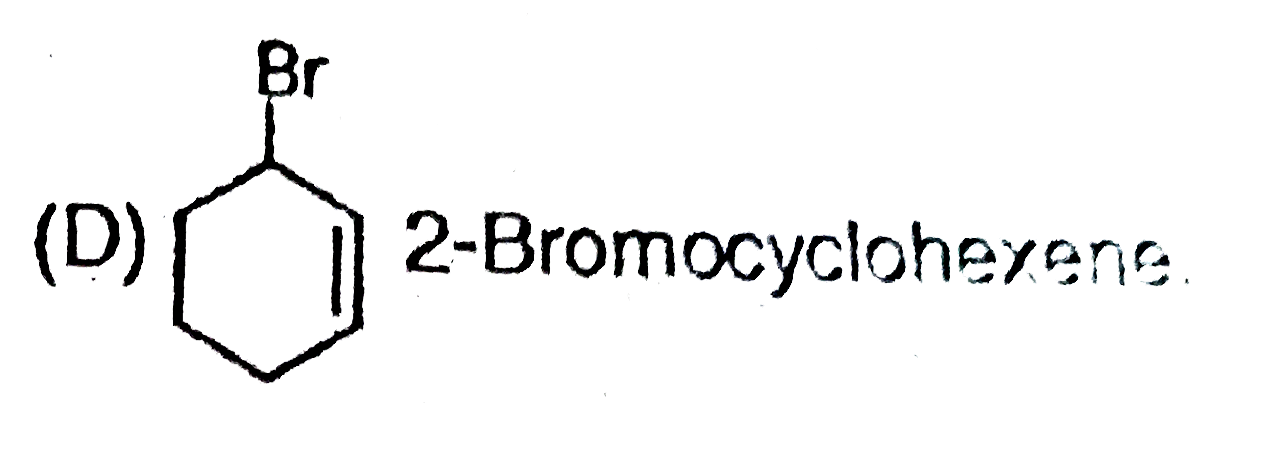Which of the followig is incorrect
Electron gain enthalpy becomes more negative with increase in atomic number across a period
effective nuclear charge increase from left to right across period
electron gain enthalpy becomes less negative as we go down in a group
all of the above
The correct Answer is:C
To determine which of the statements is incorrect, we need to analyze each statement regarding electro-gain enthalpy and effective nuclear charge.
1. Understanding Electro-gain Enthalpy:
- Electro-gain enthalpy is the energy change when an electron is added to a neutral atom in the gas phase.
- A more negative value indicates that energy is released when an electron is added, making the atom more stable.
2. Electro-gain Enthalpy Trend Across a Period:
- As we move from left to right across a period in the periodic table, the effective nuclear charge (Z_eff) increases. This is because the number of protons increases while the shielding effect remains relatively constant.
- Therefore, the electro-gain enthalpy becomes more negative (i.e., increases) as it is easier for the atom to attract an additional electron due to the higher nuclear charge.
3. Electro-gain Enthalpy Trend Down a Group:
- As we move down a group, the size of the atoms increases due to the addition of electron shells.
- The increased distance between the nucleus and the valence electrons results in a weaker attraction for the incoming electron, making the electro-gain enthalpy less negative (i.e., it decreases).
4. Effective Nuclear Charge Trend:
- The effective nuclear charge increases from left to right across a period due to the increase in the number of protons in the nucleus.
- This statement is true as the protons exert a stronger pull on the electrons.
5. Identifying the Incorrect Statement:
- The statements analyzed are:
- Electro-gain enthalpy increases across a period (True).
- Effective nuclear charge increases from left to right (True).
- Electro-gain enthalpy is less negative as we go down the group (True).
- Since all statements provided are true, we conclude that there is no incorrect statement among those analyzed.
Conclusion:
After analyzing the statements, we find that all the provided statements regarding electro-gain enthalpy and effective nuclear charge are correct. Therefore, if the question asked for an incorrect statement, it implies that none of the statements listed are incorrect.
- Electro-gain enthalpy is the energy change when an electron is added to a neutral atom in the gas phase.
- A more negative value indicates that energy is released when an electron is added, making the atom more stable.
- As we move from left to right across a period in the periodic table, the effective nuclear charge (Z_eff) increases. This is because the number of protons increases while the shielding effect remains relatively constant.
- Therefore, the electro-gain enthalpy becomes more negative (i.e., increases) as it is easier for the atom to attract an additional electron due to the higher nuclear charge.
- As we move down a group, the size of the atoms increases due to the addition of electron shells.
- The increased distance between the nucleus and the valence electrons results in a weaker attraction for the incoming electron, making the electro-gain enthalpy less negative (i.e., it decreases).
- The effective nuclear charge increases from left to right across a period due to the increase in the number of protons in the nucleus.
- This statement is true as the protons exert a stronger pull on the electrons.
- The statements analyzed are:
- Electro-gain enthalpy increases across a period (True).
- Effective nuclear charge increases from left to right (True).
- Electro-gain enthalpy is less negative as we go down the group (True).
- Since all statements provided are true, we conclude that there is no incorrect statement among those analyzed.
After analyzing the statements, we find that all the provided statements regarding electro-gain enthalpy and effective nuclear charge are correct. Therefore, if the question asked for an incorrect statement, it implies that none of the statements listed are incorrect.
Similar Questions
Knowledge Check
- Question 1 - Select One
Which of the following is incorrect is incorrect IUPAC name :
A B
B C
C D
D
- Question 2 - Select One
If x=√13−√11andy=√35−√33 then which of the followig is correct ?
Ax>yBx<yCx=yDnone of these - Question 3 - Select One or More
Which of the followig is/are correct?
A≈A+≈B gives bonding molecular orbital.B is bonding molecular orbitalCThe probability density of finding the electrons in bonding molecular orbital equal to ≈2A+≈2B+2≈A≈B.DElectron density increases between te nuclei of bonding M.O.
is bonding molecular orbitalCThe probability density of finding the electrons in bonding molecular orbital equal to ≈2A+≈2B+2≈A≈B.DElectron density increases between te nuclei of bonding M.O.
Which of the following is treated with chlorine to obtain bleaching powder ?
View SolutionWhich of the followig is/are correct regarding the magnitude of crystal field splitting energy Δ?
View SolutionWhich of the followig is not aromatic?
View SolutionWhich of the followig is a biodegradable polymer?
View SolutionWhich of the followig is not a modified stem ?
View Solution


